Try These Classroom Arrangement Tricks to Maximize Student Engagement
August 2, 2016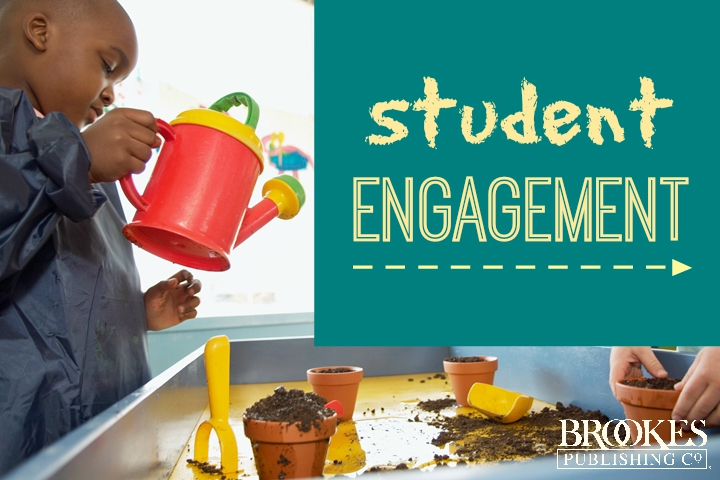
Setting up an inclusive early childhood classroom is exciting, but it can be daunting when you’re first starting out. You want to make the most of every stick of furniture and every inch of classroom space–especially if your classroom is small and your budget is limited. And you want to be sure your arrangement meets every young child’s needs and keeps all kids engaged in learning.
Today we’ll explore what works and doesn’t work in room arrangement and organization, using a great, vivid example from R.A. McWilliam’s book, Engagement of Every Child in the Preschool Classroom. McWilliam introduces us to a first-year preschool teacher, Gillian, who’s struggling a little with her classroom arrangement. Here’s where she is right before the school year starts:
Gillian spent the weekend before the first day of school setting up her new classroom. Excited to meet her new students on Monday, she decorated the walls, organized the materials, and set up her activity centers. Her classroom was small, but she wanted to offer the kids as many activity centers as possible. She also wanted to encourage all the children to mingle and play well together. So to maximize space, she decided to line up the centers along the classroom walls and let all the children play in the center of the room.
This is the arrangement Gillian came up with. What do you think? Would you change anything?
For the first week of school, Gillian kept a close eye on how the children moved and interacted in the classroom. She noticed that her students weren’t playing well together–they were all interested in different things. Squabbles rose up when kids disturbed each other’s activities, mealtime wasn’t as harmonious as she’d hoped, and that wide open space in the middle of the room was a dangerous invitation to run around indoors.
Gillian knew she’d have to make some changes–so she went back to the drawing board. She spent the next weekend rearranging her classroom space to address the behavior issues she’d noticed and get her students playing and interacting more constructively. She decided to
- Move tables closer together, so students interacted more during meals.
- Break up the middle of the room to keep her students from running in the classroom.
- Create four distinct zones with several activity centers and distinct boundaries.
- Clearly label shelves, containers, and cubbies so children could find materials and clean them up independently.
Here’s what Gillian’s new classroom arrangement looked like. Better?
The new classroom setup was a hit! The activity zones increased engagement and kept kids who loved noisy fun from disturbing those who preferred quiet activities. Children were playing together more and interacting more during meals. And with the best-loved activities cleverly arranged in the middle of the room, no one was using the carpet as a racetrack. With her floor plan woes resolved, Gillian could focus on her most important task–teaching all students effectively and getting them ready for kindergarten.
Download an annotated version of Gillian’s “after” floor plan & keep it for inspiration!
Learn how to create zones in your classroom with this tip sheet.

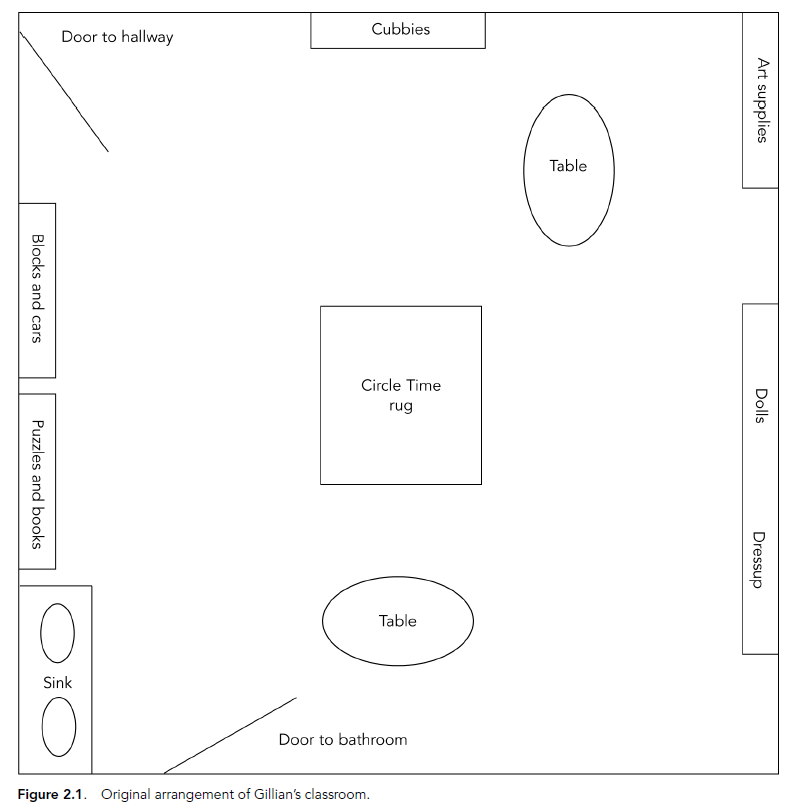
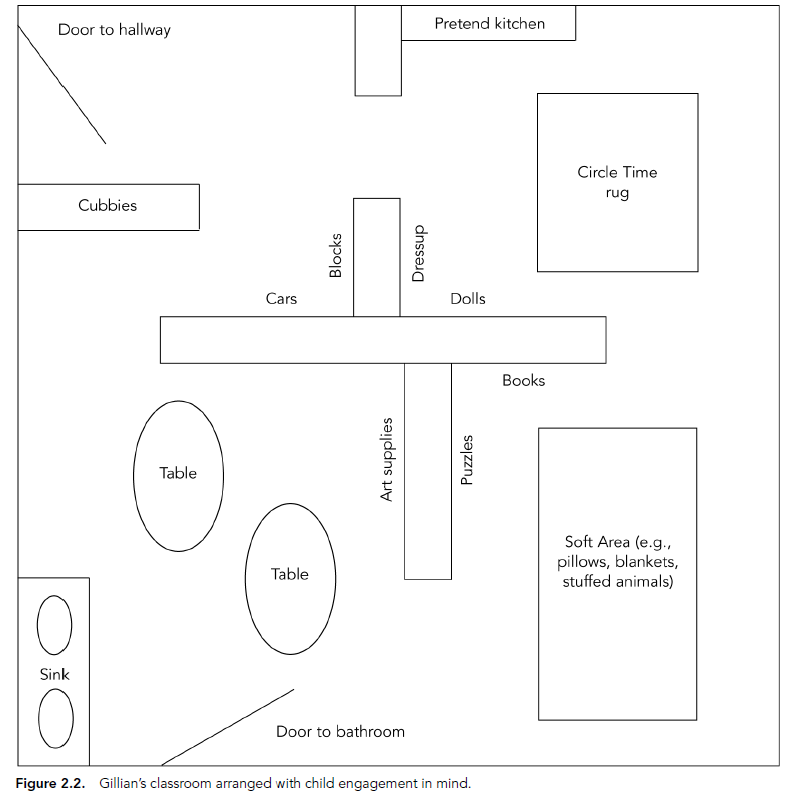
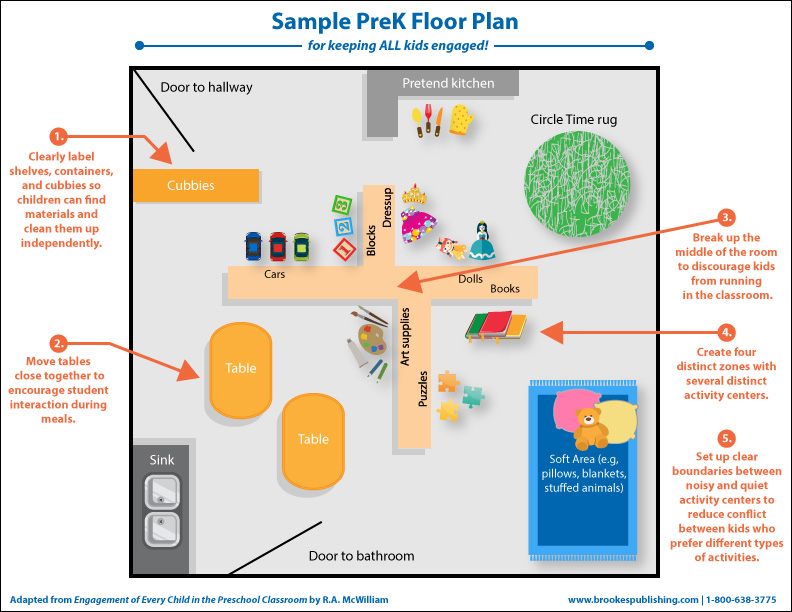
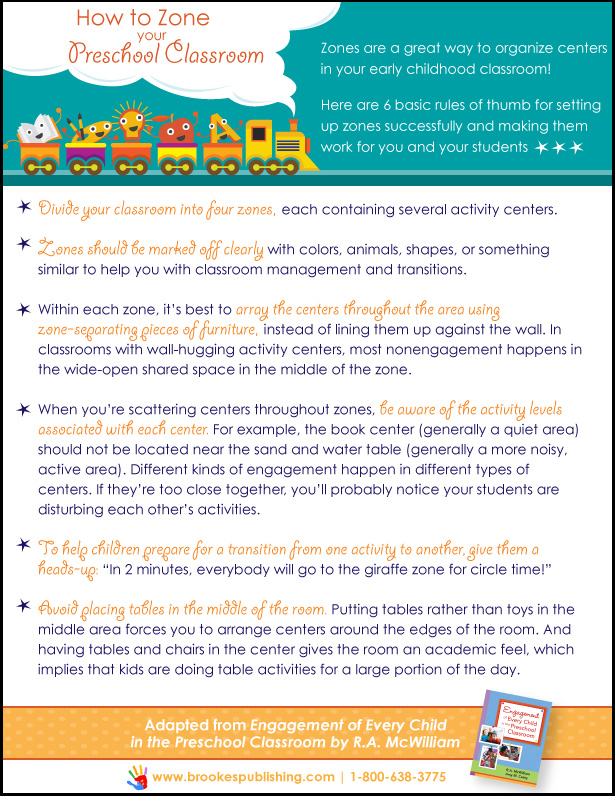

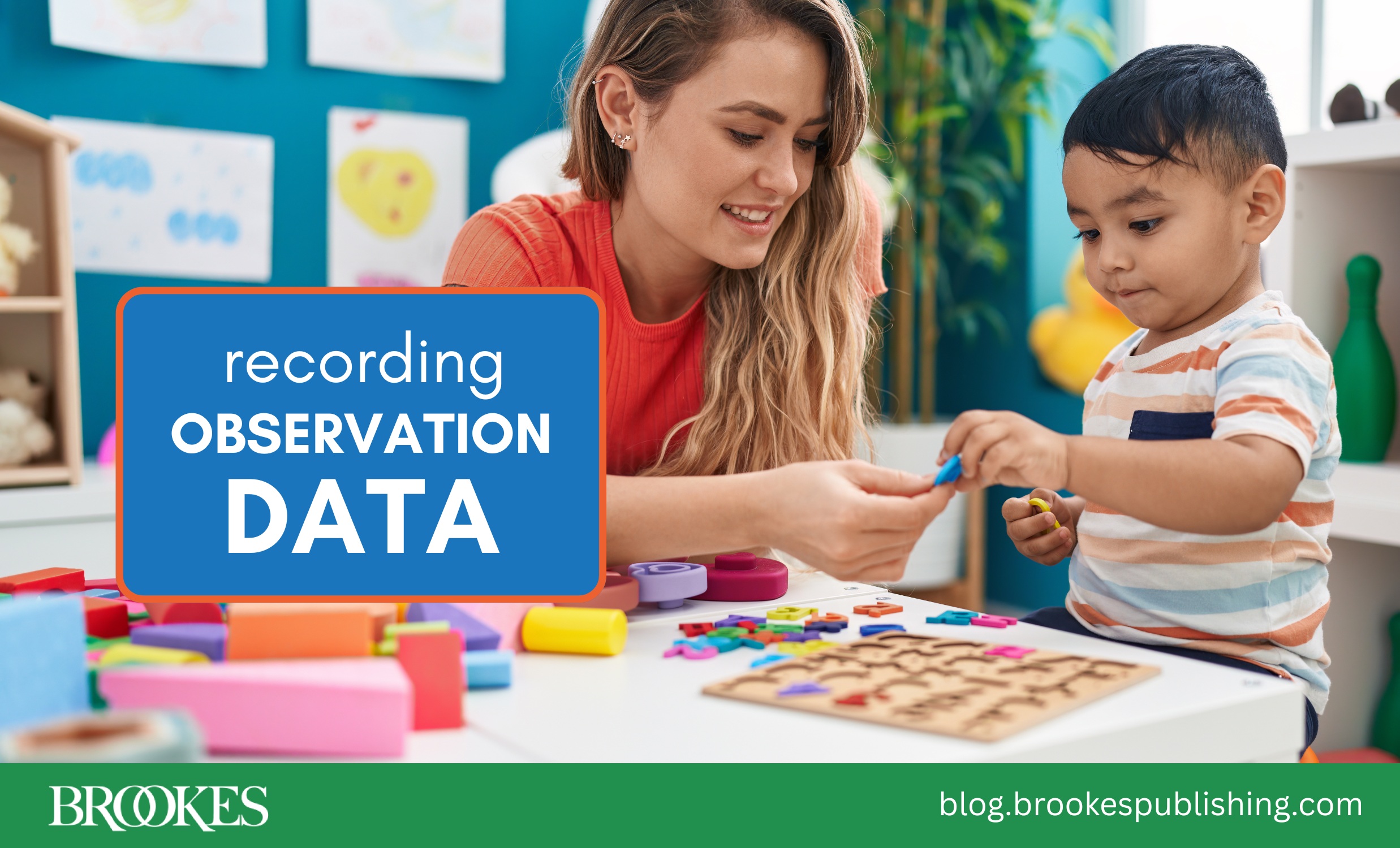
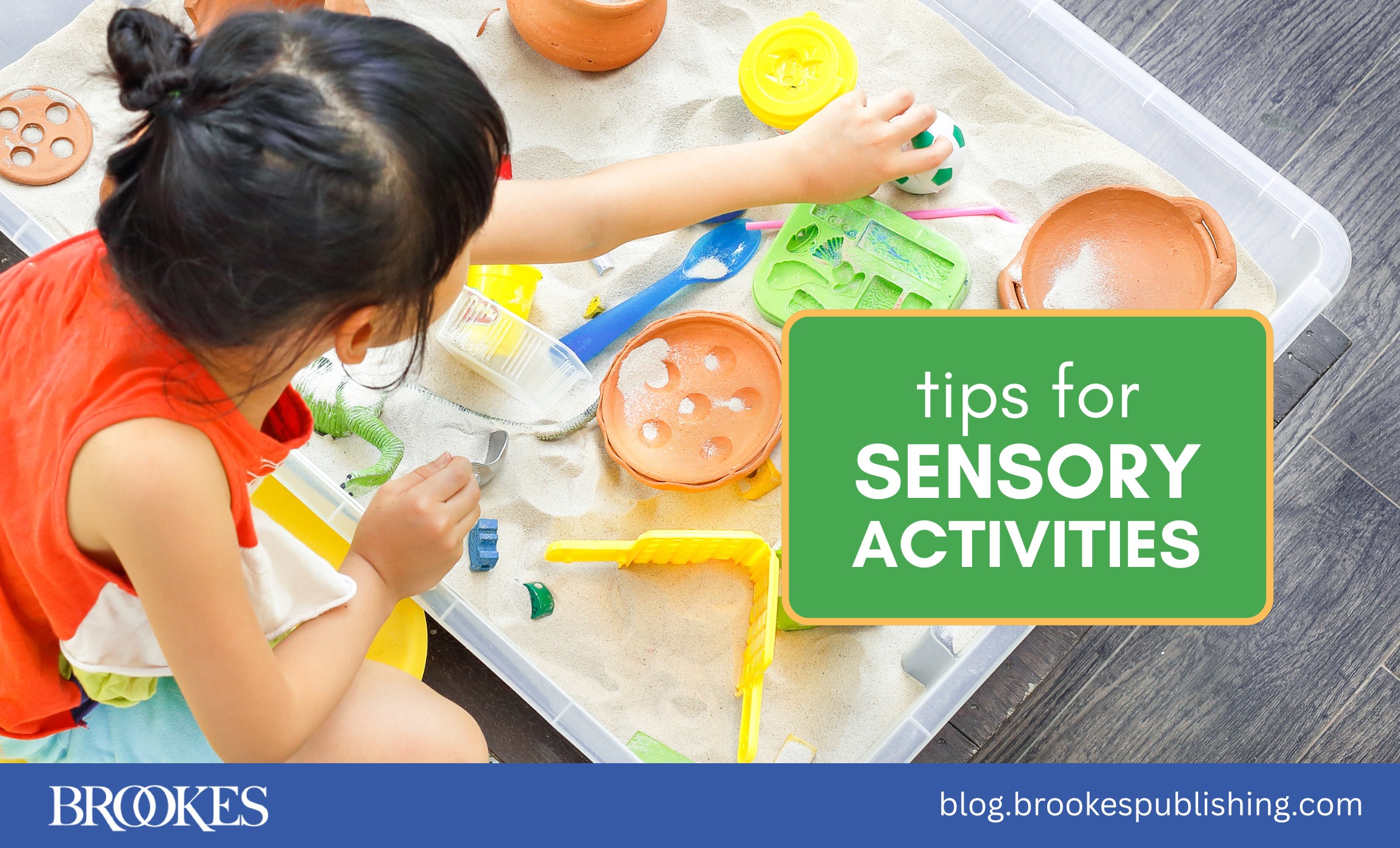
Write a Comment
Your email address will not be published. Required fields are marked *
Post a Comment